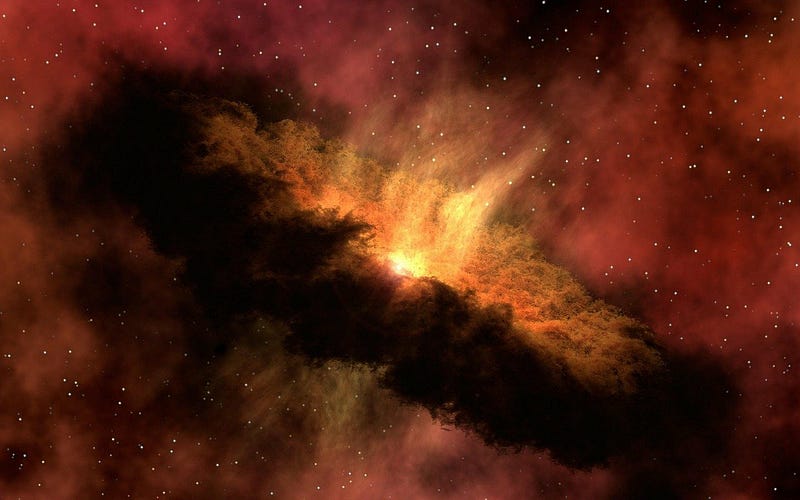Exciting and Groundbreaking Space Discoveries of 2020
Written on
Chapter 1: A Year of Surprising Discoveries
While 2020 felt like a challenging year for many, it turned out to be a remarkable period for astronomical discoveries. Below are some of the most significant findings that have reshaped our understanding of the cosmos.
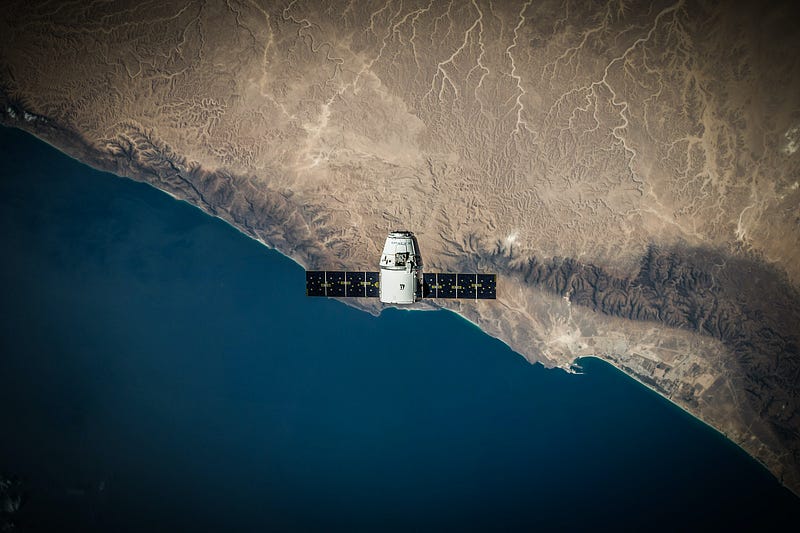
Exploring Our Solar System
Section 1.1: Potential Signs of Life on Venus
One of the most talked-about discoveries was the detection of phosphine in Venus's atmosphere. Traditionally, scientists have focused on Mars and some of Jupiter and Saturn’s moons for the possibility of life, largely dismissing Venus due to its extreme conditions. With surface temperatures soaring around 840 degrees Fahrenheit (450 degrees Celsius) and an atmosphere primarily composed of carbon dioxide, Venus seemed unlikely to harbor life.
However, a 2020 study revealed phosphine, a molecule indicative of biological processes, in the planet's upper atmosphere, where conditions are much more Earth-like. The international team utilized radio telescopes, including the James Clerk Maxwell Telescope in Hawaii and the Atacama Large Millimeter Array in Chile, to make this groundbreaking discovery.
This video discusses ten mind-blowing discoveries from space in 2020, including the surprising find on Venus.
Section 1.2: New Insights into the Solar System's Shape
NASA’s Interstellar Boundary Explorer (IBEX) conducted a study revealing that the Sun’s bubble of influence resembles a deflated croissant rather than a comet-like shape, as previously believed. By tracking cosmic rays, researchers were able to model the Sun's sphere of influence accurately, marking a significant advancement in our understanding of solar dynamics.
Life in Extreme Conditions
Section 1.3: Bacteria's Resilience in Space
Research led by Professor Akihiko Yamagishi from the University of Tokyo demonstrated that certain bacteria can endure the harsh conditions of space for extended periods. Samples of Deinococcus bacteria were placed outside the International Space Station and survived three years of exposure. The protective layers of dead bacteria on the surface allowed the living bacteria beneath to endure extreme conditions, suggesting that life could potentially travel between planets.
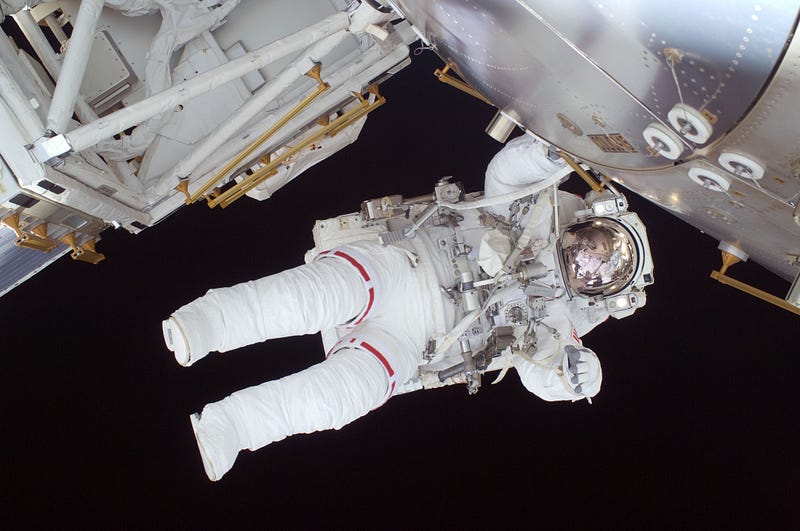
Exploring Our Galaxy
Section 1.4: The Enigmatic Planet TOI-849b
In a surprising turn, scientists identified an unusual exoplanet named TOI-849b, located approximately 730 light-years away. This planet, which is the most massive rocky planet discovered, contradicts previous theories that such dense planets should have gaseous atmospheres like Jupiter. Instead, TOI-849b appears to be the remnant core of a gas giant that never fully formed, providing valuable insights into planetary formation.
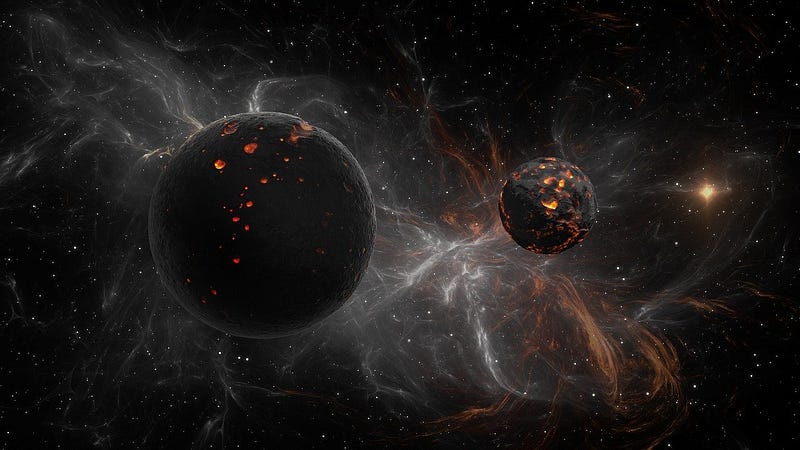
Signals from the Stars
Section 1.5: The Mysterious Signal from Proxima Centauri
A radio signal detected from Proxima Centauri, the closest star system to Earth, sparked intrigue among scientists. Although the signal was classified as likely human interference, its unusual characteristics prompted further investigation into the possibility of alien communication.
This video captures the best moments in space exploration from 2020, including the mysterious signal from Proxima Centauri.
Section 1.6: The Dimensional Mystery of Betelgeuse
In 2019, Betelgeuse, one of the brightest stars in the Orion constellation, exhibited unexpected dimming, leading many to speculate about its potential explosion. However, its brightness fluctuated throughout 2020, leaving scientists puzzled about the underlying causes.
Wider Universe Discoveries
Chapter 2: Intriguing Findings Beyond Our Galaxy
Section 2.1: The Universe and the Human Brain
Astrophysicist Franco Vazza and neuroscientist Alberto Fetelli made a fascinating comparison between the structure of the universe and the human brain, revealing startling similarities between neural networks and the cosmic web.
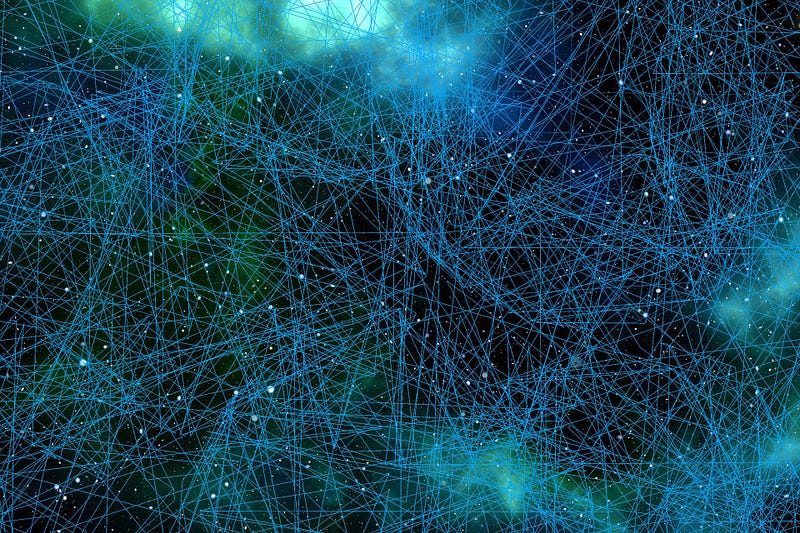
Section 2.2: Uneven Expansion of the Universe
Challenging the long-held belief that the universe expands uniformly, new research from NASA analyzed numerous galaxy clusters and found evidence of varying expansion rates depending on location.
Section 2.3: The Pre-Big Bang Universe Hypothesis
Nobel Prize-winning physicist Sir Roger Penrose proposed the existence of a previous universe predating the Big Bang, based on observations of cosmic microwave background radiation.
